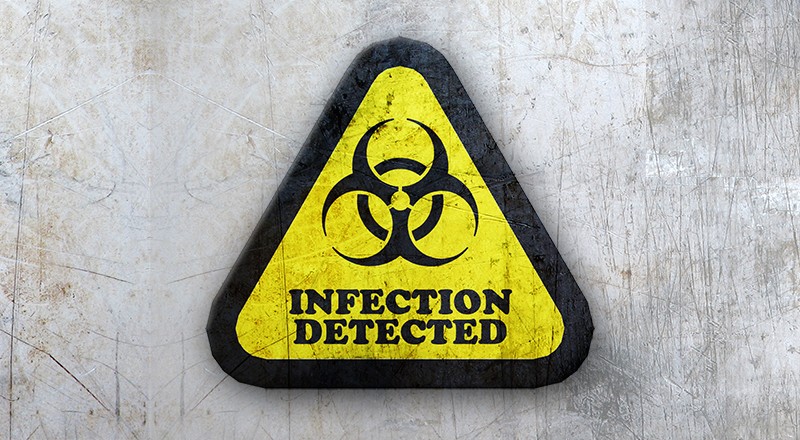1: Install quality antivirus
Many computer users believe free antivirus applications, such as those included with an Internet service provider’s bundled service offering, are sufficient to protect a computer from virus or spyware infection. However, such free anti-malware programs typically don’t provide adequate protection from the ever-growing list of threats.Instead, all Windows users should install professional, business-grade antivirus software on their PCs. Pro-grade antivirus programs update more frequently throughout the day (thereby providing timely protection against fast-emerging vulnerabilities), protect against a wider range of threats (such as rootkits), and enable additional protective features (such as custom scans).
2: Install real-time anti-spyware protection
Many computer users mistakenly believe that a single antivirus program with integrated spyware protection provides sufficient safeguards from adware and spyware. Others think free anti-spyware applications, combined with an antivirus utility, deliver capable protection from the skyrocketing number of spyware threats.
Unfortunately, that’s just not the case. Most free anti-spyware programs do not provide real-time, or active, protection from adware, Trojan, and other spyware infections. While many free programs can detect spyware threats once they’ve infected a system, typically professional (or fully paid and licensed) anti-spyware programs are required to prevent infections and fully remove those infections already present.
3: Keep anti-malware applications current
Antivirus and anti-spyware programs require regular signature and database updates. Without these critical updates, anti-malware programs are unable to protect PCs from the latest threats.
In early 2009, antivirus provider AVG released statistics revealing that a lot of serious computer threats are secretive and fast-moving. Many of these infections are short-lived, but they’re estimated to infect as many as 100,000 to 300,000 new Web sites a day.
Computer users must keep their antivirus and anti-spyware applications up to date. All Windows users must take measures to prevent license expiration, thereby ensuring that their anti-malware programs stay current and continue providing protection against the most recent threats. Those threats now spread with alarming speed, thanks to the popularity of such social media sites as Twitter, Facebook, and My Space.
4: Perform daily scans
Occasionally, virus and spyware threats escape a system’s active protective engines and infect a system. The sheer number and volume of potential and new threats make it inevitable that particularly inventive infections will outsmart security software. In other cases, users may inadvertently instruct anti-malware software to allow a virus or spyware program to run.
Regardless of the infection source, enabling complete, daily scans of a system’s entire hard drive adds another layer of protection. These daily scans can be invaluable in detecting, isolating, and removing infections that initially escape security software’s attention.
5: Disable autorun
Many viruses work by attaching themselves to a drive and automatically installing themselves on any other media connected to the system. As a result, connecting any network drives, external hard disks, or even thumb drives to a system can result in the automatic propagation of such threats.
Computer users can disable the Windows autorun feature by following Microsoft’s recommendations, which differ by operating system. Microsoft Knowledge Base articles 967715and 967940 are frequently referenced for this purpose.

